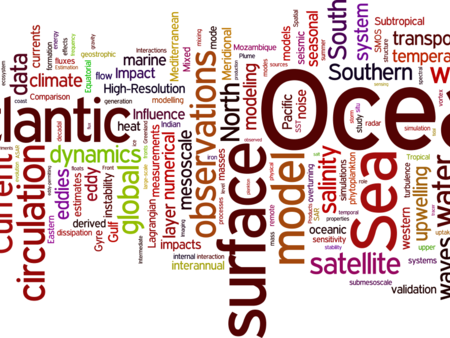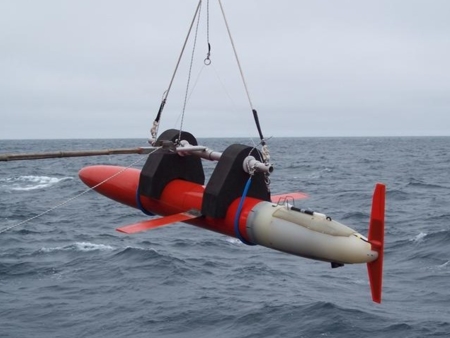Houda Beghoura
Thesis topic : Modelling the marine biogeochemical impact of inorganic particulate iron from sedimentary origin.
Advisors : Thomas Gorgues (IRD/LOPS), Olivier Aumont (IRD/LOCEAN), Hélène Planquette (CNRS/LEMAR)
Funding : LabexMER (Région Bretagne), UBO [started October 2016]
Besides light and macronutrient, photoautotrophs’ productivity is limited by the availability of micro-nutrients in the ocean. Among those micro-nutrients, iron (Fe) is known to limit primary production over ~40% of the ocean and consequently the efficiency of the biological carbon pump. Moreover, iron supplies have been demonstrated to have a regulatory effect on the phytoplankton community structures. However, there are still substantial uncertainties in the iron biogeochemical cycle, including the nature and the magnitude of its external sources.
Recent in situ observations and modeling studies have highlighted that an amount of iron larger than anticipated is being delivered from continental slopes and margins. However, most studies have focused on the supply of dissolved iron (an iron form considered as the most bioavailable) to the ocean from the margins, the role of the particulate fraction of iron being largely ignored. Yet, over the latter areas most of the iron is actually present in the form of resuspended particulate iron. To date, particulate iron has mostly been viewed for its role in the biogenic iron remineralization, the scavenging, and aggregation processes.
Here, we challenge this traditional view. We postulate that the dissolved iron distribution may also be modulated by sediment inorganic particulate iron dissolution, sinking, and transport. Indeed, the exchange between the particulate and dissolved fractions results in a net flux from the particulate iron to the dissolved fraction inducing a source of dissolved bio-available iron that potentially sustain productivity in shallow coastal waters but also in the open ocean. Inorganic iron particles of sedimentary origin may thereby impact the ocean phytoplankton communities and production.
The aim of this PhD thesis is then to use new acquired knowledge of the significance of particulate iron dissolution from sedimentary sources to assess its first order impact on global ocean biogeochemistry. This work represents a first step towards studies coupling the experimental (as part of an ANR BITMAP project (PI H. Planquette)) and the modelling approaches (using the dynamical-biogeochemical model NEMO-PISCES,on global scale).
The PhD thesis was conducted in three steps :
(I) The generation of a global database of particulate iron observations (from literature and data collected during recent cruises, e.g GEOVIDE, PIs G. Sarthou and P. LHerminier)
(II) The implementation of the first parametrization of the inorganic particulate iron of sedimentary origin.
(III) Quantification of the spatial and temporal impacts of inorganic particulate iron distribution on the biogeochemistry of the global ocean. This step will be carried out by coupling the NEMO ocean dynamics model to the PISCES model.







